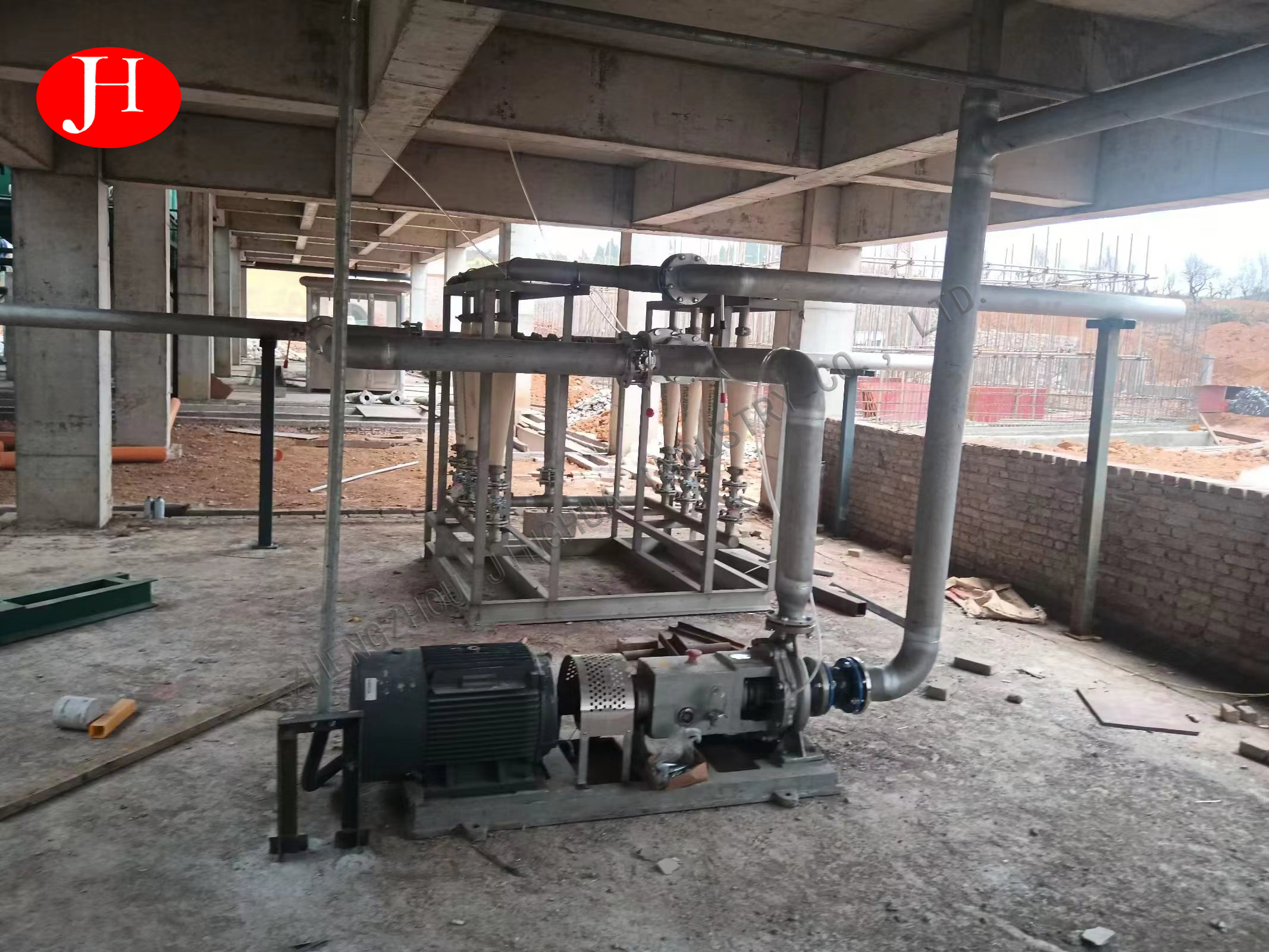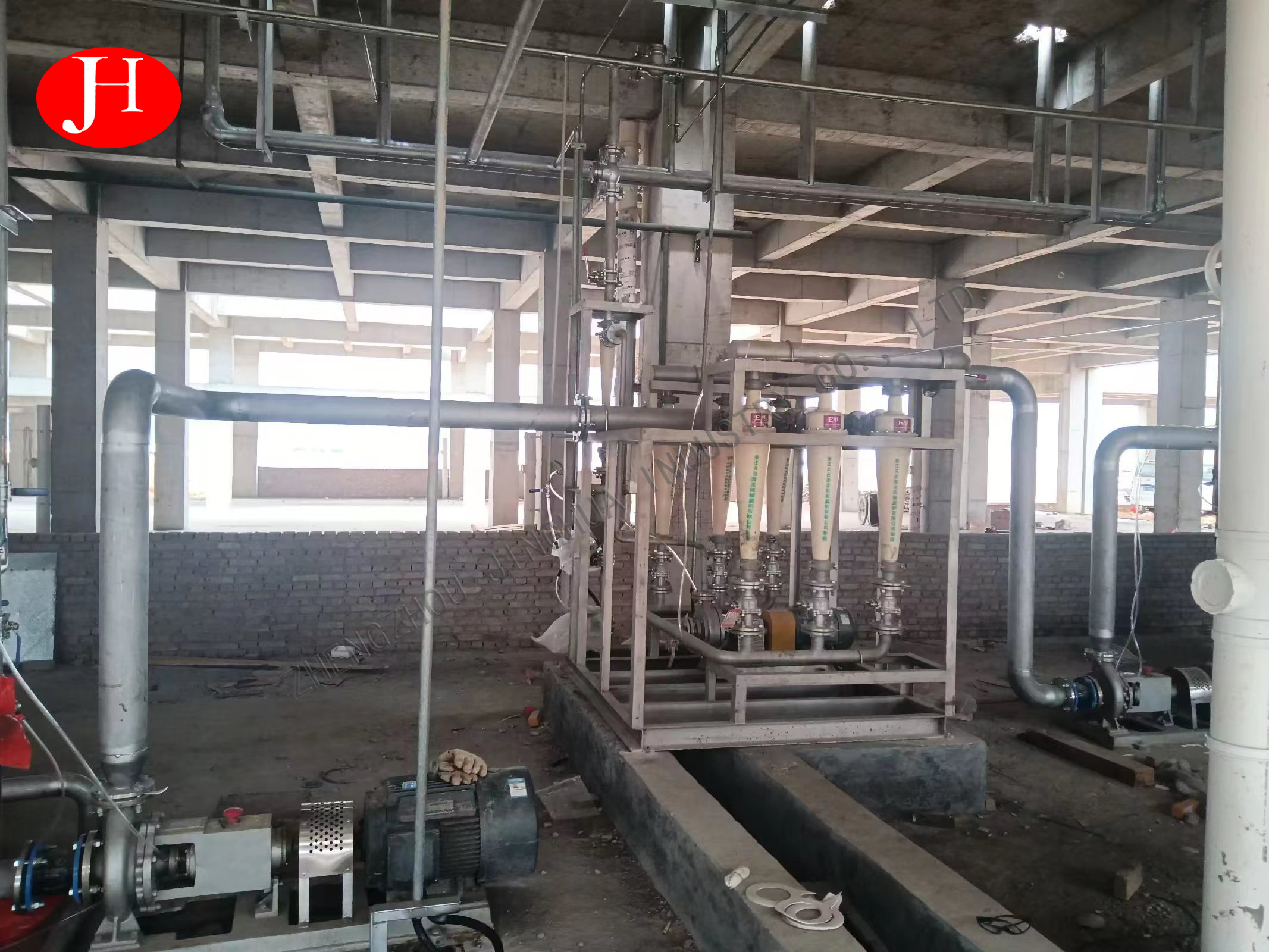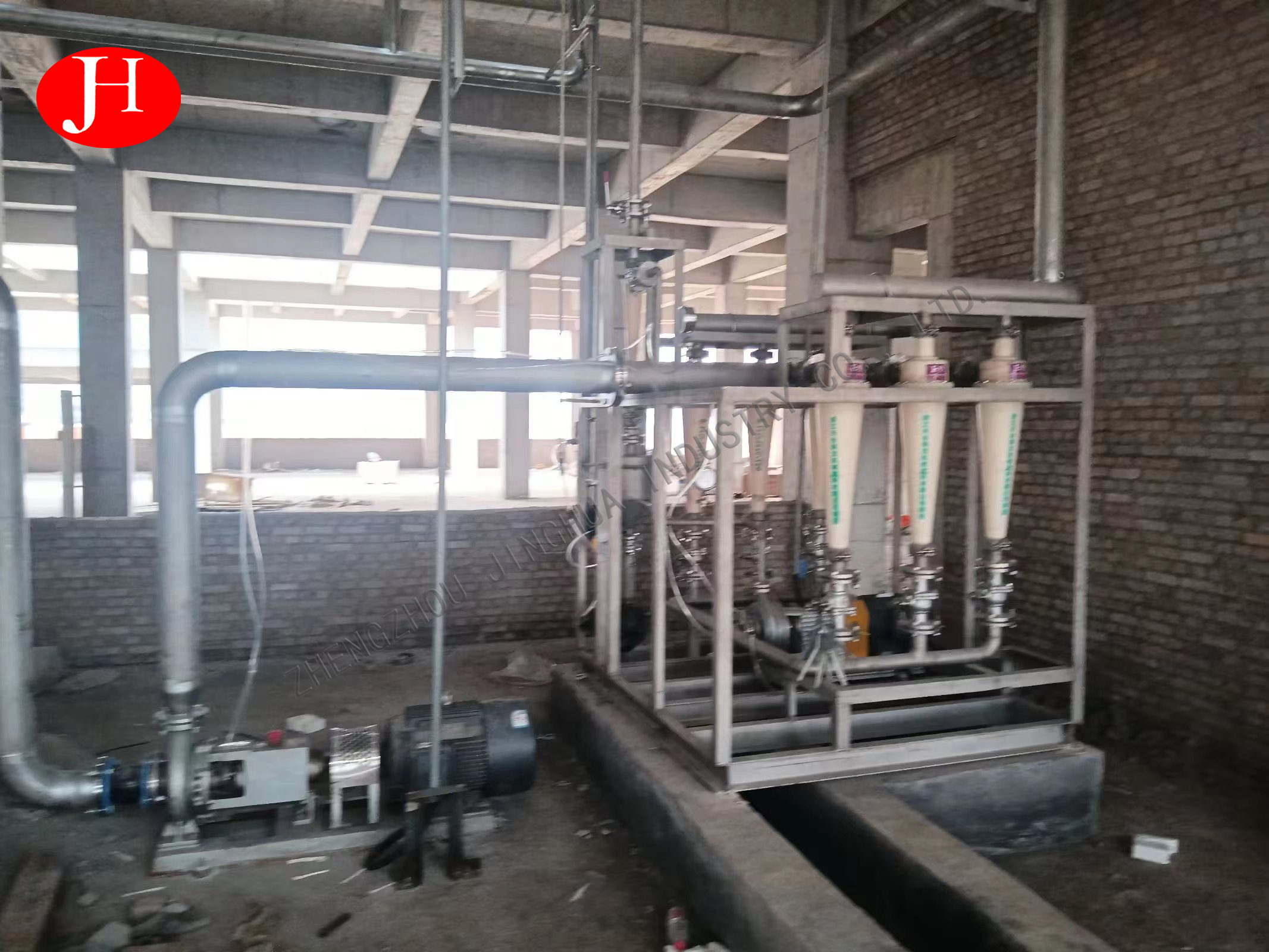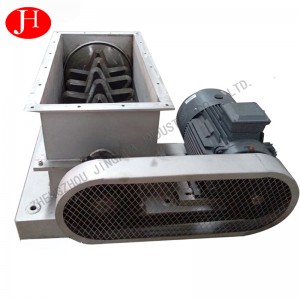
Products
Desand Machine for Starch Processing
Main technical parameters
|
Model |
Material |
Capacity(m3/h) |
Feed Pressure(MPa) |
Sand Removal Rate |
|
CSX15-Ⅰ |
304 or nylon |
30-40 |
0.2-0.3 |
≥98% |
|
CSX15-Ⅱ |
304 or nylon |
60-75 |
0.2-0.3 |
≥98% |
|
CSX15-Ⅲ |
304 or nylon |
105-125 |
0.2-0.3 |
≥98% |
|
CSX20-Ⅰ |
304 or nylon |
130-150 |
0.2-0.3 |
≥98% |
|
CSX20-Ⅱ |
304 or nylon |
170-190 |
0.3-0.4 |
≥98% |
|
CSX20-Ⅲ |
304 or nylon |
230-250 |
0.3-0.4 |
≥98% |
|
CSX22.5-Ⅰ |
304 or nylon |
300-330 |
0.3-0.4 |
≥98% |
|
CSX22.5-Ⅱ |
304 or nylon |
440-470 |
0.3-0.4 |
≥98% |
|
CSX22.5-Ⅲ |
304 or nylon |
590-630 |
0.3-0.4 |
≥98% |
Features
- 1There are a variety of models, according to the needs of customers to provide the best solution.
- 2Using high technology, the removal rate of starch is greater than 98%.
- 3Reasonable structure of desand machine, more conducive to water saving.
Show Details
Desand equipment is used to desand material based on the theory of centrifugal separation. Because of the water inlet pipe installed on the eccentric position of the cylinder, when water goes into water inlet pipe through cyclone sand, firstly form downward surrounding fluid along the surrounding tangential direction and move down round.
Water current turns upward rotation along cylinder axis as reaches a certain part of the cone. Finally water discharges from the water outlet pipe. The sundries fall into bottom conical slag bucket along the cone wall under the force of fluid inertial centrifugal force and gravity.



Scope of Application
It is widely used in corn starch processing, cassava starch and cassava flour processing wheat starch processing, sago processing, potato starch processing.












